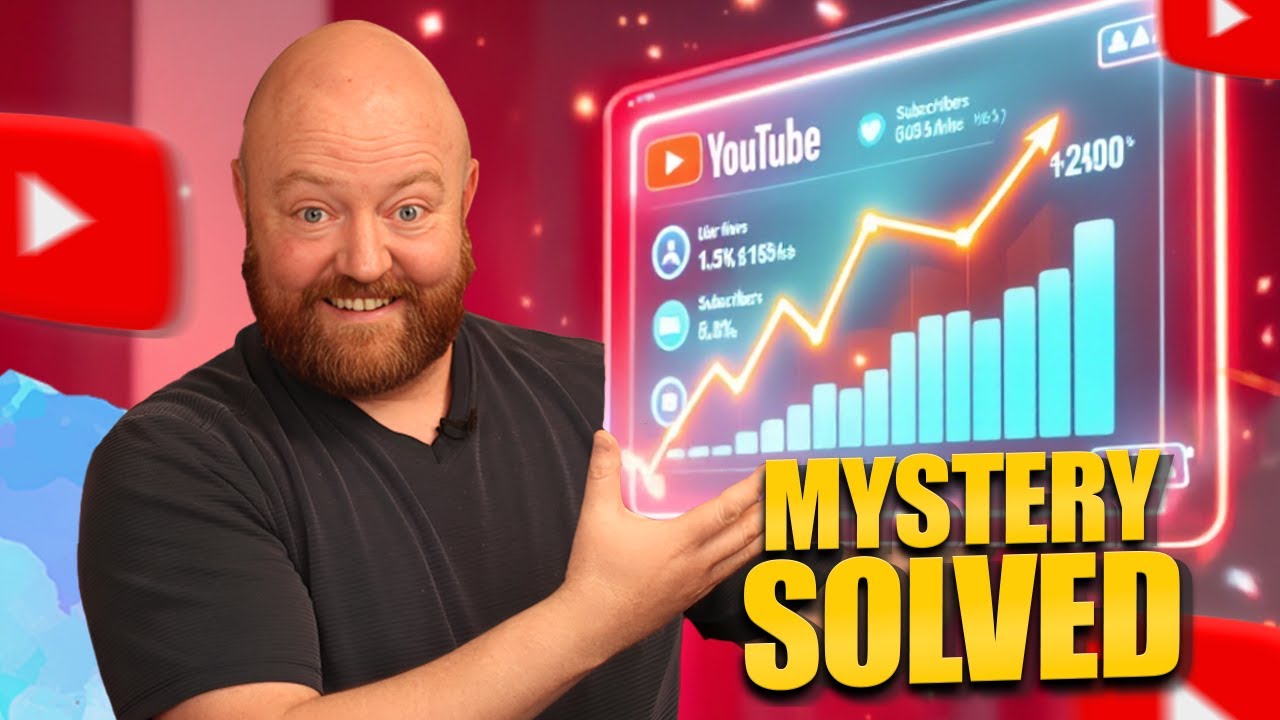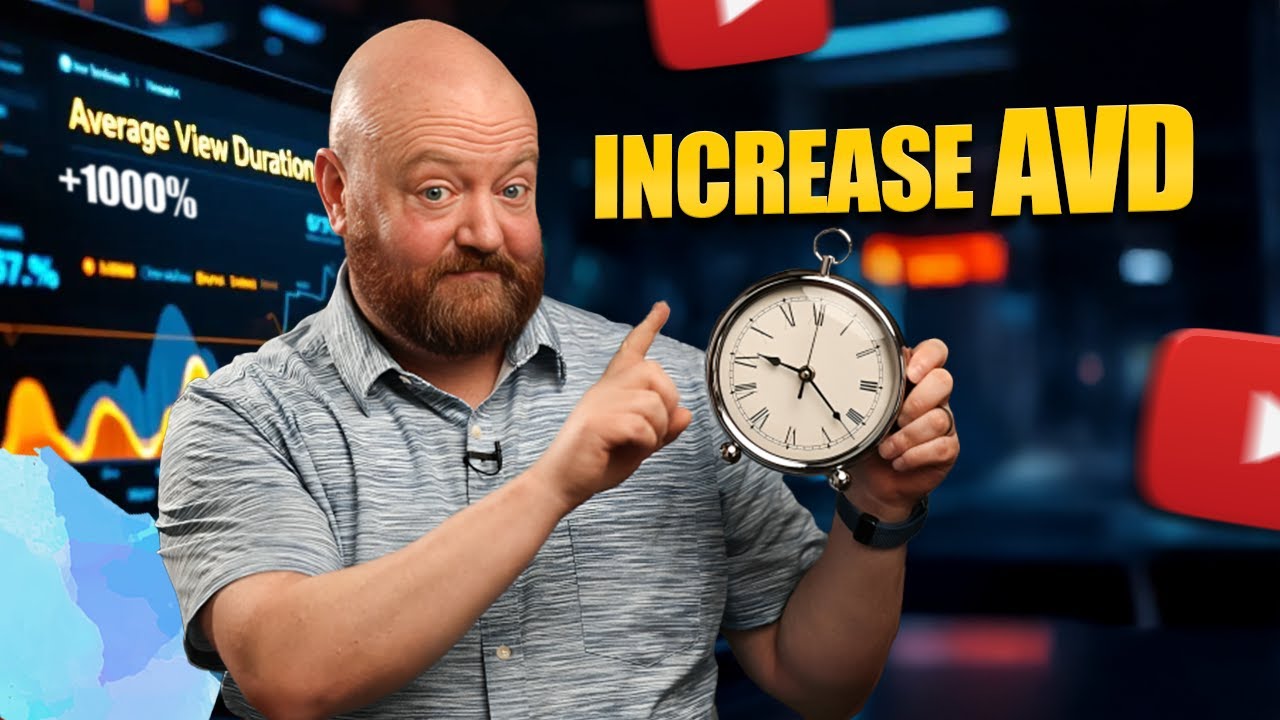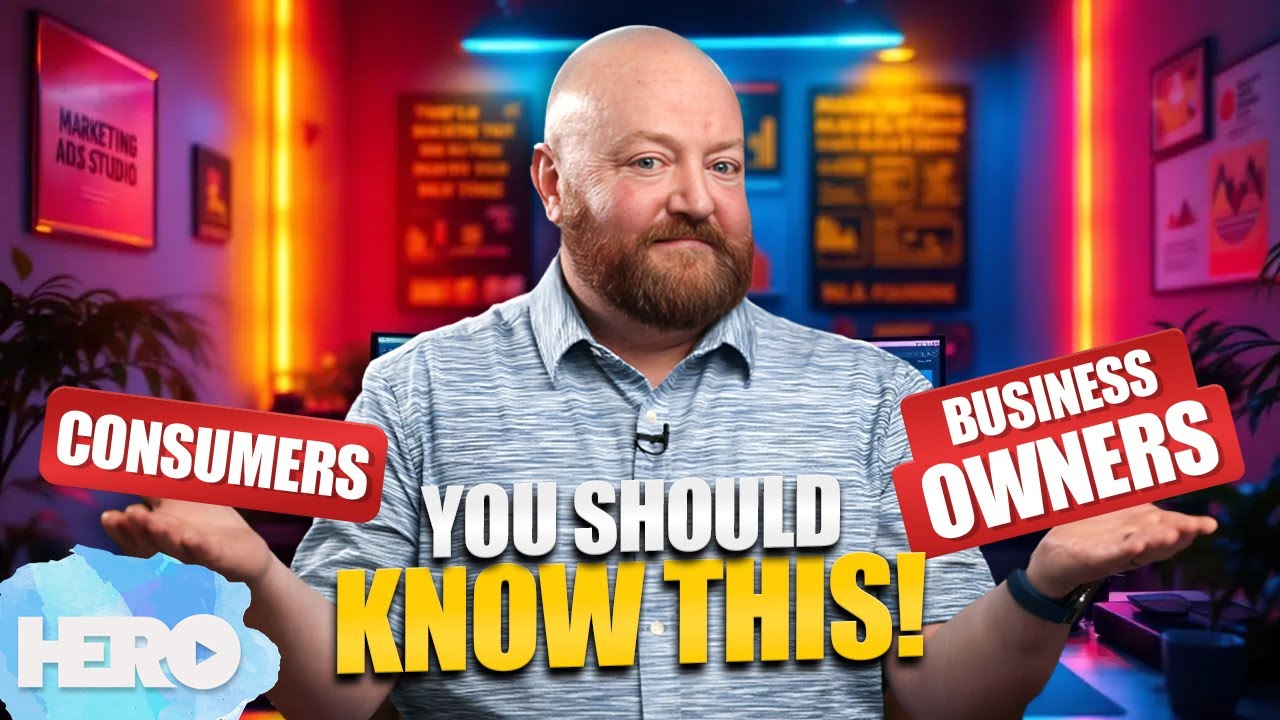If you’re a content creator or business owner aiming to grow your presence on YouTube, understanding SEO (Search Engine Optimization) is key. YouTube SEO isn’t just about getting views—it’s about ensuring your content reaches the right audience. In this article, we’ll dive into what YouTube SEO is, how it works, and actionable steps to optimise your videos for better visibility.
Why Is YouTube SEO Important?
YouTube SEO is a game-changer, especially for businesses leveraging the platform for lead generation. I manage over 50 YouTube channels, all with a strong focus on SEO. These channels consistently rank at the top of search results, generating thousands of monthly views that drive tangible business outcomes.
Even smaller channels can achieve significant results. For example, one channel with around 12,000 subscribers consistently generates 8-figure annual revenue from leads acquired through YouTube. Why? Because YouTube SEO makes your content discoverable, creating a predictable stream of traffic that converts into leads and sales.
If you’re a business owner, mastering YouTube SEO allows you to tap into this reliable lead-generation system.
How Does YouTube’s Algorithm Work?
YouTube’s algorithm determines which videos to show based on audience engagement and relevance. It continuously tests your content with various audiences, and if viewers enjoy it, YouTube amplifies its reach.
While many factors influence ranking, the most predictable way to drive traffic is through search. By doing keyword research, you can create videos that answer specific questions your audience is actively searching for. The process is straightforward:
- Identify questions your audience is asking.
- Create content that directly answers those questions.
- Optimise your video with relevant keywords and metadata.
When your content aligns with what viewers want, YouTube’s algorithm recognises its value, boosting its visibility.
The Role of Keywords in YouTube SEO
Keywords are the foundation of YouTube SEO. They guide the algorithm and help your audience find your content. Here’s how to leverage keywords effectively:
- Do Keyword Research: Use tools to find the questions your target audience is asking. These questions become the basis of your video content.
- Optimise Your Title: Make the question you’re answering the title of your video.
- Include Keywords in Descriptions and Tags: Reinforce your video’s topic with a well-written description and accurate tags.
- Use Keywords Naturally in the Video: YouTube transcribes your video automatically, so when you naturally speak about the topic, the platform understands its relevance.
The more accurately your video addresses a specific question, the higher it will rank in search results.
How YouTube and Google SEO Are Connected
Google and YouTube SEO strategies are closely linked. Google has evolved from a website-focused search engine into a broader content search engine. This means videos that perform well on YouTube can also rank on Google.
By optimising your YouTube content for specific keywords, you increase your chances of appearing at the top of both platforms. This dual visibility can significantly amplify your reach and authority.
The key is focusing on your target audience’s needs:
- Ensure the questions you answer align with their interests.
- Demonstrate your expertise in providing valuable solutions.
When you create content that resonates with your audience, both YouTube and Google will reward you with increased visibility.
Ready to Master YouTube SEO?
To dive deeper into creating high-ranking videos, check out my video, What is Video Marketing? My Ultimate Easy Formula. This guide provides a detailed breakdown of the five essential ingredients to optimise your content and achieve consistent results.
YouTube SEO isn’t a mystery—it’s a system. By understanding your audience, leveraging keywords, and optimising your content, you can harness the power of YouTube to grow your brand, connect with your audience, and achieve measurable success.




